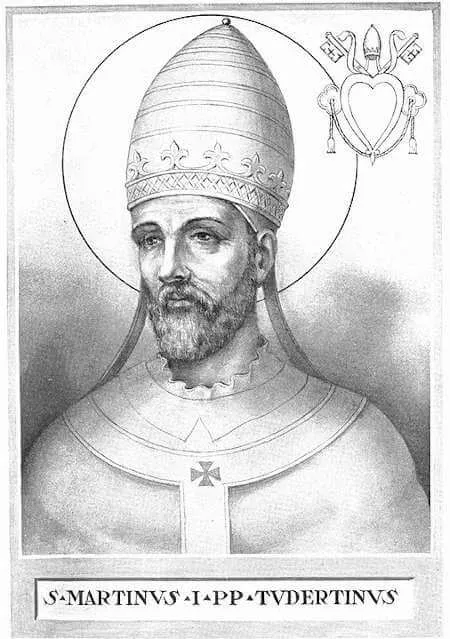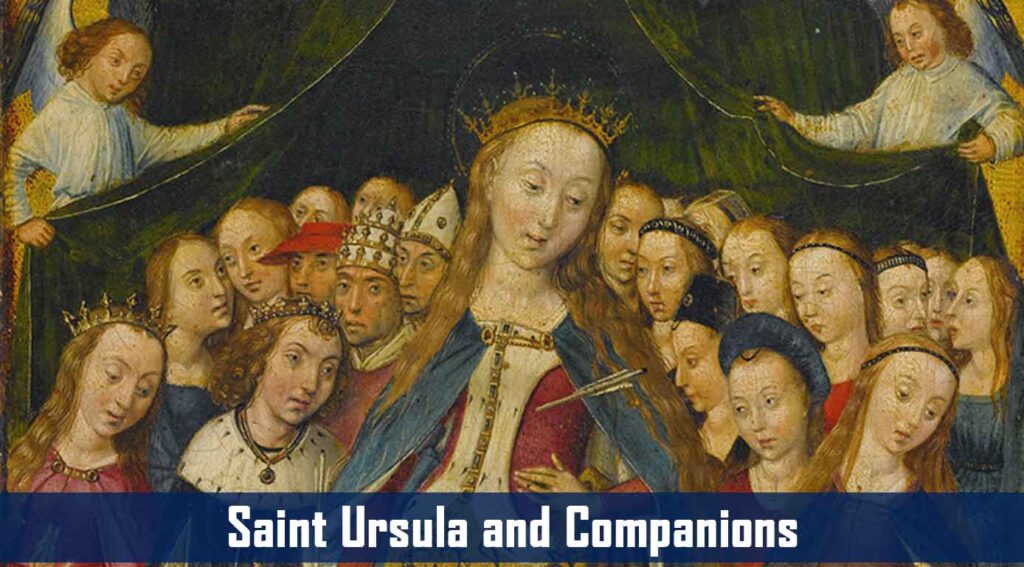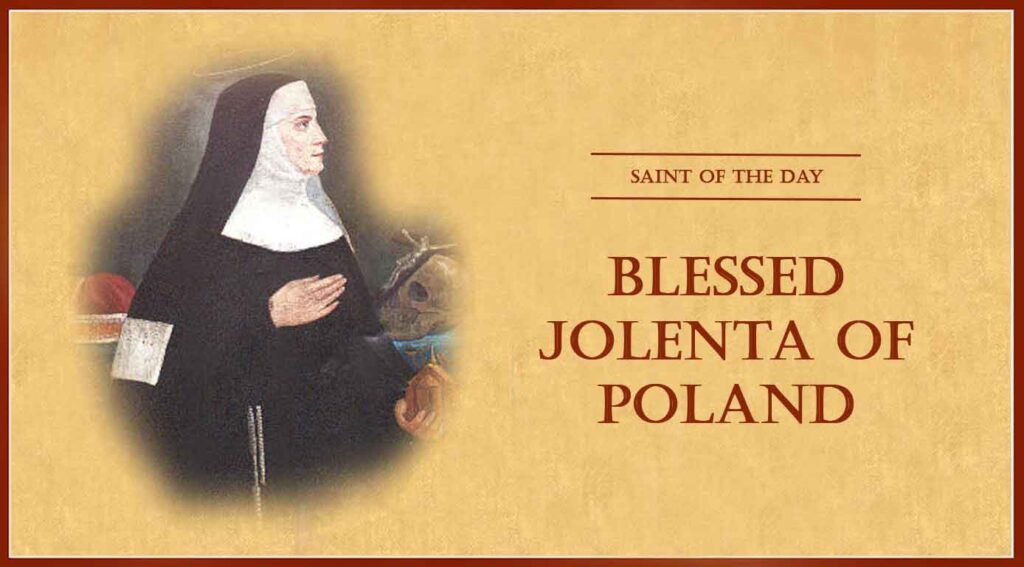c. 595–655 Pre-Congregation canonization; Invoked by those persecuted by the state
In the seventh century, theological and political tension prevailed between the Western church centered in Rome and the Eastern church centered in Constantinople, largely due to the interference of the Byzantine emperor. The emperor and Patriarch in Constantinople (modern-day Istanbul, Turkey) had enjoyed a strong religious and political influence over the entire Church ever since Constantine the Great Christianized the Roman Empire in the fourth century. This influence grew after the Western Roman Empire fell in the fifth century and was strengthened further in the sixth century when the Byzantine emperor, Justinian I, conquered Italy and forced the Goth-appointed pope to resign in 537, naming the papal legate to Constantinople as the new pope. From that time on, until 752, newly elected popes were required to obtain approval from the emperor before being consecrated. Many emperors saw themselves not only as political leaders, but also as those ultimately in charge of the governance of the Church. It is within this tension that today’s saint lived.
Martin was born in a small town about 100 miles north of Rome. He was of noble birth, an excellent student, and exercised great charity to the poor. As a cleric, he assisted two popes in important roles. In 641, he was sent by Pope John IV across the Adriatic Sea to Dalmatia and Istria (modern-day Croatia) where he assisted those who had suffered the effects of war. After the death of John IV, Theodore I was elected pope. Martin became his papal legate to Constantinople, where he worked closely with the emperor and patriarch, representing Pope Theodore in all matters.
As papal legate to Constantinople, the most pressing theological issue that Martin faced was the ongoing debate about the nature of Christ. Many within the Eastern Church adhered to monothelitism, a heresy claiming that Christ had only one will: a divine will but not a human will. This was contrary to the orthodox position held by the pope that Jesus had both a human and divine will. In 648, in an apparent attempt to bring an end to the debate, the Byzantine emperor Constans II issued an edict, the Type of Constans (Type), in which he tried to forge a middle way by forbidding discussion of the controversy, permitting everyone to adhere to their own position. Though the Patriarch of Constantinople, Paul II, at first held the orthodox position, he embraced the Type issued by the emperor. Martin, however, did not.
One year later, in 649, Pope Theodore died and named Martin as his successor. As had been the custom, the newly elected pope was supposed to receive approval of his appointment from the Byzantine emperor before his installation. However, for the first time in more than 100 years, Martin immediately moved forward with his coronation without the express consent of Constans II. This angered Constans, but he did nothing about it—at first.
Pope Martin, well aware of the most pressing issues within the Church, wasted no time addressing them. He called the Lateran Council of 649, a council that his predecessor Pope Theodore had intended to call, and made monothelitism the topic of discussion. Though the council did not reach the level of an official ecumenical council of the entire Church, given the fact that the Roman emperor was not involved, it was one of the earliest attempts of a pope to act on his own authority without the emperor. Hence, not only the teaching that this council produced, but also the way it was orchestrated, provided much direction for the future of the Church when the role of the emperor would eventually be fully excluded from the governance of the Church. The Lateran Council was attended by 105 bishops, held five sessions, and issued twenty decrees condemning monothelitism. It also condemned Constans’ edict, the Type, as well as some other earlier imperial edicts.
When Pope Martin began publishing this new teaching throughout Rome and beyond, the enraged emperor sought to have him arrested, or killed if necessary. This proved difficult. The emperor first sent a bishop of lower rank to Rome to oppose the pope and cause a schism. He was unsuccessful, so the bishop is said to have ordered a soldier to murder the pope during Mass. That soldier was struck blind, and the bishop repented. Later, the emperor sent another bishop with a Byzantine army to the pope. This time they were successful in capturing the pope and in bringing him back to Constantinople. Pope Martin was already ill when he was captured; abuse and lack of decent food caused his condition to worsen during the three months at sea.
Once he arrived in Constantinople, Pope Martin was placed on trial and found guilty of treason, the primary charge being that he would not accept the emperor’s edict, the Type. Because Patriarch Paul II intervened with the emperor, the emperor exiled Martin to Crimea instead of sentencing him to death. Throughout his imprisonment and exile, though elderly and sick, he was continually abused, malnourished, and ridiculed.
The emperor ordered the Church in Rome to elect a new pope, even though Pope Martin was still alive. The Church in Rome consented and elected a new pope as one final blow to the abused pontiff. Pope Martin, seeking only the good of the Church, acquiesced to this humiliation, and embraced being abandoned by the leaders of the Church in Rome. Of all he suffered, it is said that his abandonment by the Church leaders caused him the most suffering. Not long after being exiled, Pope Martin died because of the abuses, exposure, and malnourishment he endured. For that reason, the Church considers him a martyr, the last pope to receive that crown.
Popes must be courageous, even in the face of persecution and death. They need to set an example to all people so that all the faithful will follow their example. Pope Martin did this well, and his witness has had a profound effect upon generations after him. More than 1,100 years later, Pope Pius VII honored the memory and witness of Pope Martin when he wrote, in part, “Indeed, the famous Martin who long ago won great praise for this See, commends faithfulness and fortitude to Us by his strengthening and defense of the truth and by the endurance of labors and pains…”
Ponder the ways that God is calling you to act with greater courage in the face of persecution, opposition, ridicule, or any form of suffering. Do what is right, no matter the cost, and you will one day be among the saints alongside Saint Martin in Heaven.
Source: https://mycatholic.life/saints/saints-of-the-liturgical-year/april-13-saint-martin-i-pope-and-martyr/








